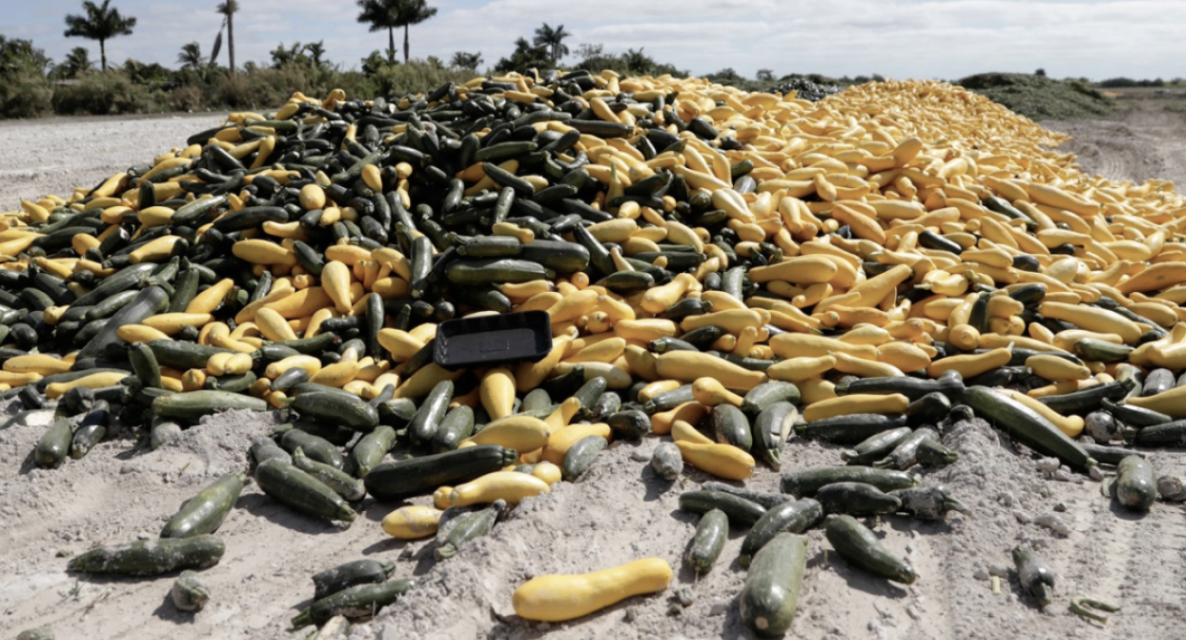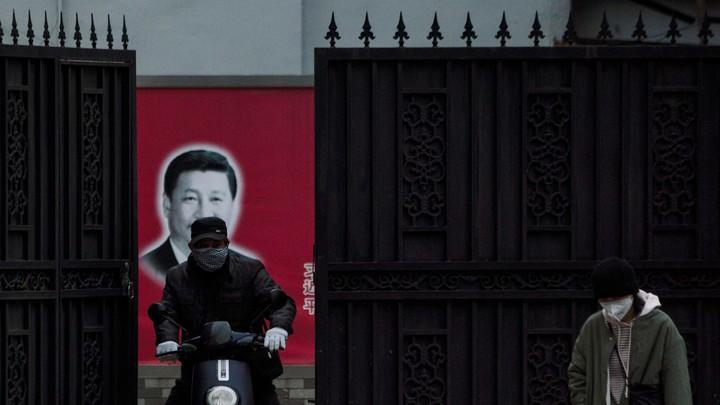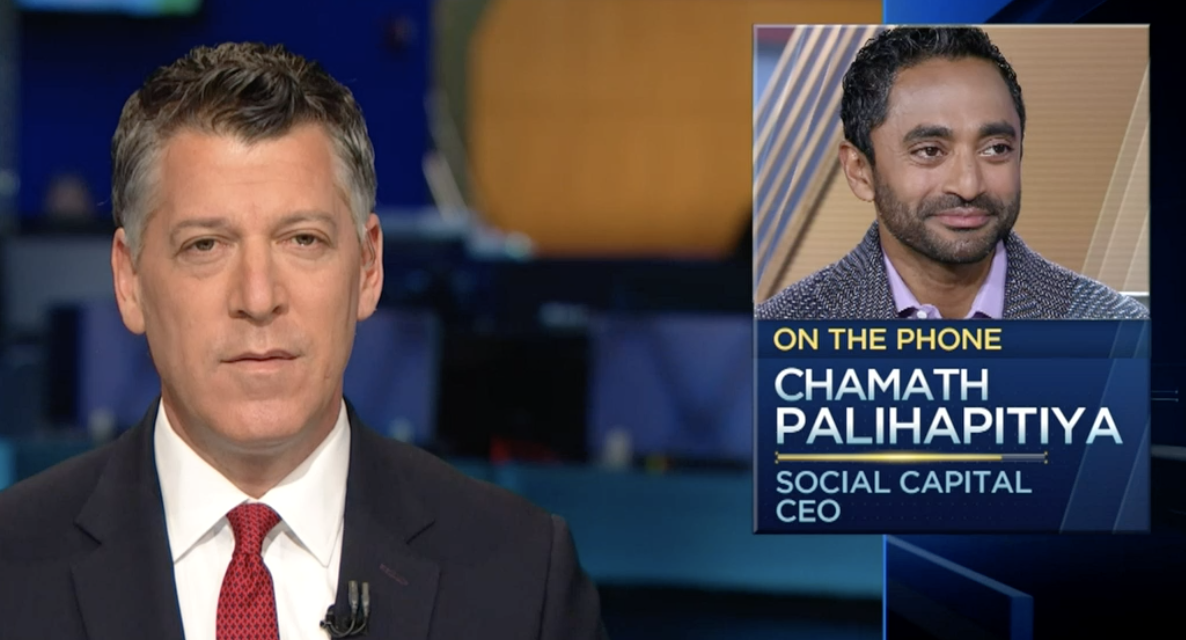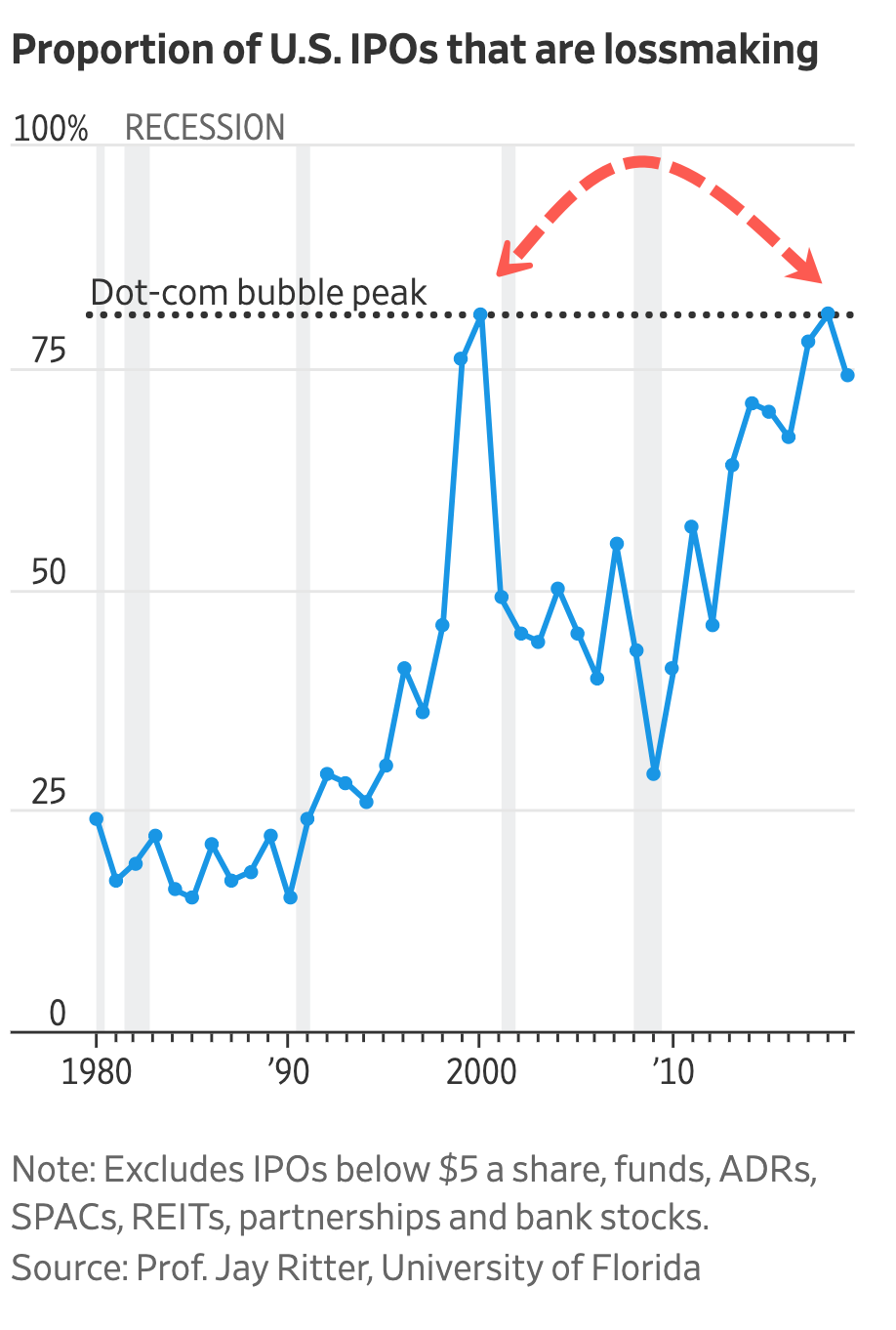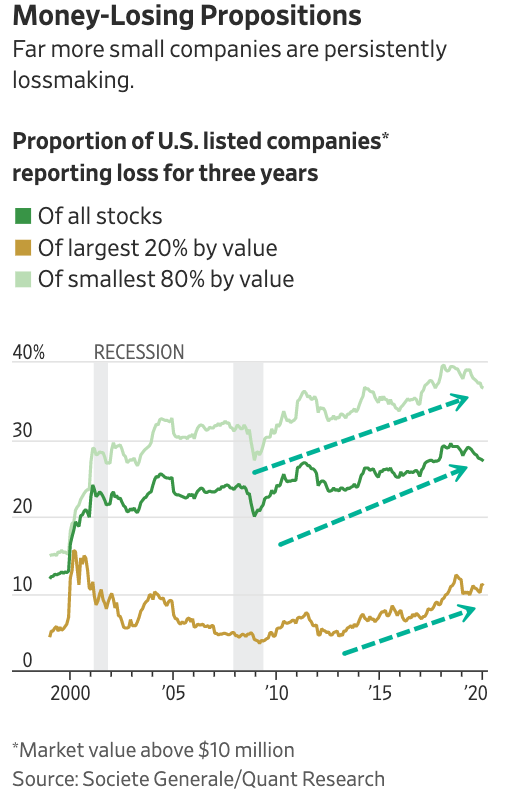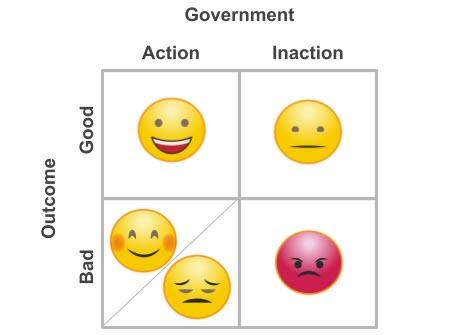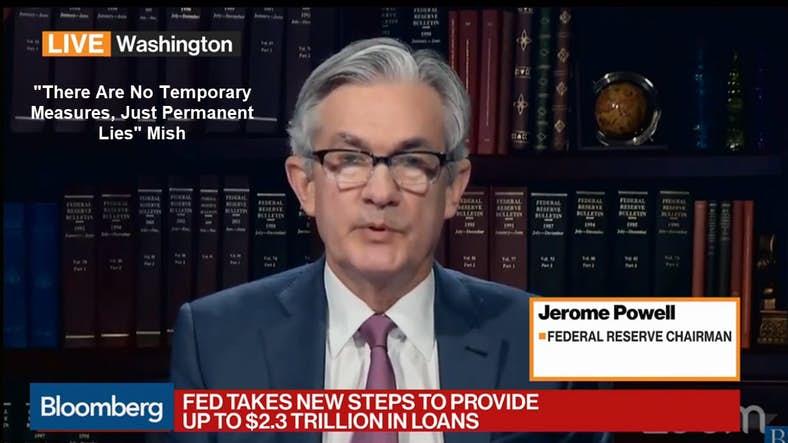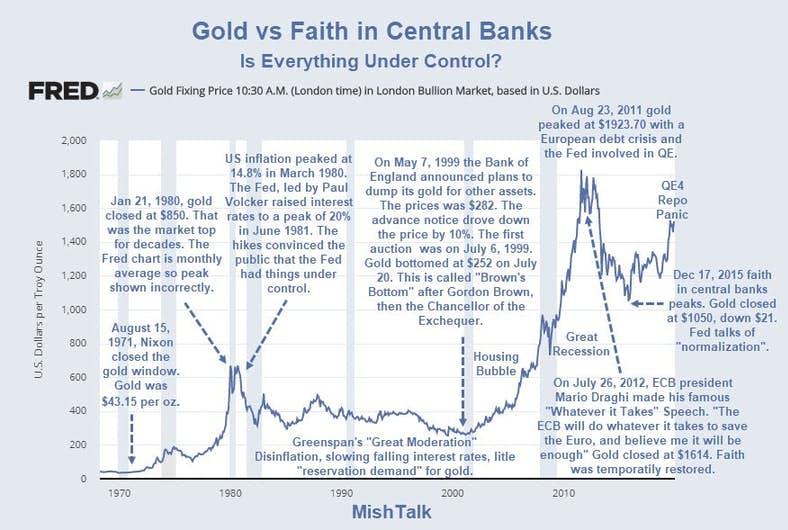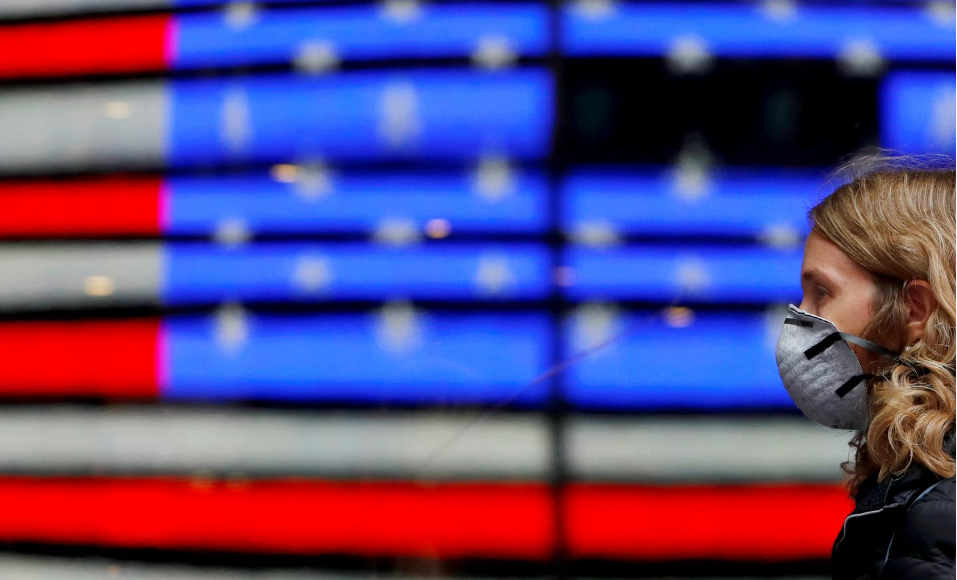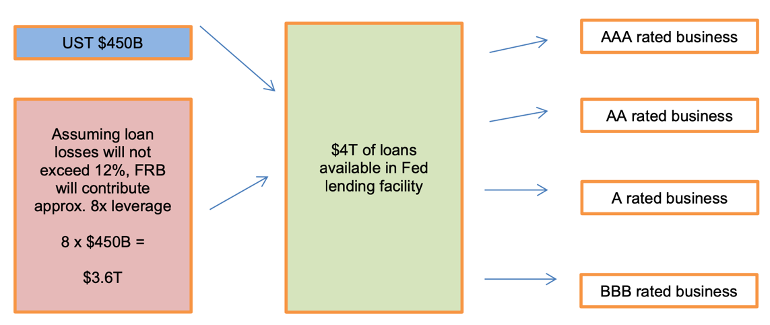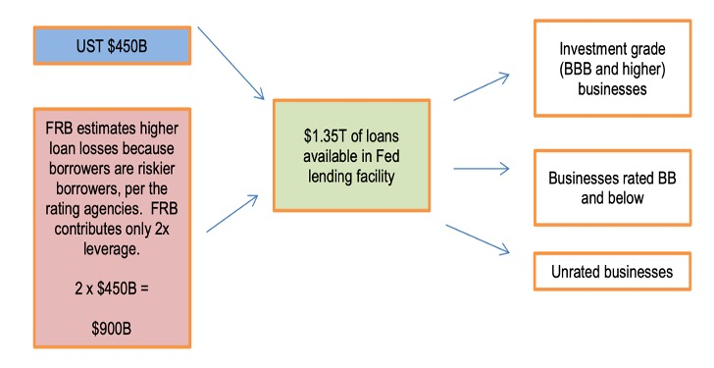How To Protect Yourself From Long Term Pandemic Lockdown
Authored by Brandon Smith via Alt-Market.com,
It has been only two weeks since widespread pandemic lockdowns were implemented in the US and as expected the public is not handling the idea very well. Within one week there were already frantic demands for the economy to reopen by Easter (spurred on by Donald Trump), and mass delusions have developed that this is still going to happen despite the fact that lockdown guidelines have been extended to at least April 30th. People desperately want to believe that this will all be over in a matter of weeks.
Many governments continue to perpetuate this fantasy by using very carefully worded terminology. For example, the phrase “two weeks of hell” is being consistently repeated by the media after Trump uttered the notion a few days ago. In Italy, a Milan official sees lockdowns now continuing for 2-3 more weeks. In Spain, the public was left with the impression that two solid weeks of quarantine and lockdowns would help stave off infections, yet the government extended the restrictions for…yes, you guessed it…another two weeks.
Why are these announcements always in two week intervals? I suspect it is because this the maximum amount of days before the average person begins to register the passage of time in their minds in a new situation. After two to three weeks of going without certain comforts and habits, people tend to adapt and find different ways of doing things. And, after two to three weeks of crisis, they might wake up and recognize the situation is not going to get better.
Governments and establishment elites are seeking to keep the public as passive and docile as possible by continually feeding them the notion that the worst of the pandemic will be over in a matter of weeks. And, every two weeks they will reassure us that we are “only two weeks away” from salvation.
Of course, with lockdowns in place the spread of infections is bound to decrease eventually, but I think the average person has no concept of how long the economic collapse will last even after the virus is “under control”. Understand that there is NO coming back from this event in terms of the economy. Our 70% service based system has been destroyed already, most people just don’t realize it yet. The majority of small businesses in the service sector will be wiped out in the next two months if they are not wiped out already.
As during the Great Depression, major corporations (most of them) will be allowed to survive while small businesses are bankrupted and absorbed, further centralizing management of economic activity into the hands of a select few. In the meantime, a majority of people will be completely dependent on government aid in one form or another just to survive.
The pandemic threat will continue for many months to come, perhaps with intermittent periods of loosened restrictions and lifted lockdowns. The public is being conditioned with a “wave model” of crisis and release, as I outlined with evidence in my last article ‘Waves Of Mutilation: Medical Tyranny And The Cashless Society’. This means that the economy is never coming back as it was, and tens of millions of people will remain jobless for a prolonged period of time.
I predict that the establishment will support the populace with a form of Universal Basic Income (UBI) for a little while (2-3 months), and then, as the economy continues to crash, they will start cutting off these benefits to some people while adding requirements restrictions to receive benefits for others.
When government becomes your sugar daddy, there are always strings attached. In some states they are already telling the public what they are allowed to spend their money on. In Vermont, for example, the state has declared numerous items in stores “non-essential”, which means you are not allowed to buy them. The claim is that you are allowed to buy them online, but in many cases people are blocked from doing this as well. Even garden seeds have been labeled “non-essential”.
Proponents of these restrictions offer two reasons:
One, it will supposedly reduce the amount of people going to stores thereby reducing the risk of infection.
And two, our spending needs to be controlled so that we do not waste money on “frivolous things” during the economic downturn.
Neither of these explanations is logical or acceptable. People generally go to stores to buy essentials along with “non-essentials” and so they will be “risking infection” regardless. Isn’t the whole point of social distancing and precautions like gloves and face masks supposed to allow the public to function while avoiding infection? Yet, the state is telling us this is not enough. We also have to be told when and how we can spend our money.
And what about the government enforcing responsible spending? Since when has the government EVER been an expert on spending money responsibly? It is massive government debt along with massive corporate debt that has debased our economy from the very beginning. They are the reason we are in an economic crisis, not the coronavirus. Yet, they now think they should be allowed to give us orders on being frugal? They can go to hell.
Imagine how numerous the rules and restrictions on the people will be once we are trapped into dependence on UBI and government aid. How much freedom will we have to give up just to get that monthly check? It is one thing to take the pandemic situation seriously and self-isolate for a while; it is another to sit back and allow the establishment to erase all our civil liberties in a matter of months in the name of “the greater good of the greater number”.
Beyond that, the pandemic crisis concerns me much less than an economic collapse, which was an inevitability even before the coronavirus went mainstream. How do we reconcile the government’s extreme response to the pandemic with the public’s need to function economically? Are we just supposed to sit back and become slaves, dependent and clamoring for a meager UBI check every month? I think not.
So, the question is, what can we do about it? As I have been saying for well over a decade, the solution is to decouple from the system and build our own. But what does this mean specifically?
Step 1: Start Providing Your Own Essentials
Essentials include water, food, shelter and security. Without these four things no human can live for very long. If a person can provide these things for himself, then he will never be beholden to anyone, including a domineering government.
I suggest starting small and expanding. Build a water collection source, or drill a well if you own property. Turn your yard into a garden, even if you live in the suburbs. In fact, your entire neighborhood should be growing gardens right now, and anyone who tries to tell you otherwise should be dissuaded from their attempts to control what you do on your own property. This means establishing neighborhood security and no longer relying on local law enforcement.
It’s one thing to store essentials in case of emergency, it’s another to become a producer and ensure your survival for the long term.
Step 2: Organize For Mutual Aid And Defense
Each neighborhood or town should be working together for security as the system continues to collapse, which means establishing radio communications and small patrols to ward off looters. In New York alone, major crimes are up 12% as the lockdowns ramped up. In many municipalities in the US, law enforcement is not responding to most calls involving assaults, break-ins and robberies. Organization at this time is paramount; the more organized you are the more of a deterrent you represent to people who would seek to take what you have. Most predators are cowards; when given the choice between a strong target and a weak target, they will invariably choose the weak target.
The common argument against organization is that the “nail that sticks up will be hammered down”. I would remind people that the nails that are willingly hammered down will be stepped on forever. Nobody wants to step on a nail that sticks up. That hurts.
Predators, including predatory and totalitarian governments are, at bottom, weaklings. And their weakness will become apparent the moment they face an opponent that actually refuses to back down due to fear.
Step 3: Establish Barter Markets And Black Markets
As noted in previous articles, the primary goal behind this pandemic is to use it as a rationale for controlling all commerce. If you do not have the proper “green code” from the government indicating you are “free from infection”, then you are not allowed to participate in the economy. No job, no grocery stores, no public gatherings, etc. This is happening right now in places like China and South Korea and according to elitists like Bill Gates and others it is coming to the US soon, make no mistake.
The only way to counter such control is to not need the mainstream system at all. Localized barter markets need to be established, and if they outlaw those, then you need to set up black markets. Trade and production must continue or humanity as we know it will die. It will be replaced with a centralized socialist hive system that will crush all liberty, and this is unacceptable. Localization is the key to our survival.
This means that the public must make and active effort to save themselves through their own innovation instead of waiting around for government to save the day.
Step 4: Accept The Reality That Political Leaders Are Not Going to Save You – They Are Only Going To Make Things Worse
It’s funny, but if any of these lockdown measures were being implemented under a Democrat in the White House, conservatives would be enraged. But, since Trump is president, a large number of conservatives have gone limp and docile; proclaiming that he is going to save the day and “cure the virus”. It’s not going to happen, folks. This is the same guy that was telling us in January that he trusted the data out of China and that everything was under control. Trump is not your savior, he is a long time puppet of the banking elites, as I have outlined and evidenced on numerous occasions.
Trump’s job is to oversee the collapse of the US while playing the role of a bumbling “nationalist” and “conservative” villain. To be sure, he’s not the only politician in office that is part of this agenda, and the UN and WHO are just as guilty of misleading people about the extent of the pandemic threat, but Trump is the one that conservatives blindly trust the most, and this is a problem. If violations of the constitution continue to escalate, a war is coming, and Trump will NOT be on the side of liberty. Conservatives will eventually have to decide which side of the fight they stand as the lockdowns drag on with only minor periods of relaxed restrictions.
Ultimately, you cannot support economic socialization and big government tyranny just because Trump is president and still call yourself a conservative.
Step 5: Be Ready To Fight And Die For What You Believe In
People always talk about fighting for freedom, but the question is will they actually do it when faced with overwhelming odds? I can only speak for myself, and I will fight, but I do believe that many others out there are ready and willing to do the same. That said, it really does not matter. It’s not for us to defend ourselves only if we think we have backup. Be ready to fight alone if you have to; be ready to take risks, otherwise, you have no chance of winning, and thus the people collectively have no chance of winning. If others follow your lead, then so be it, but don’t rely on it.
There are many transgressions about to be foisted on the American people well beyond what we have already witnessed. You will know when the line in the sand has been crossed. Do not be surprised if in the next 3-6 months you hear the words “shots fired”. It is not enough to be prepped for the future. It is not enough to simply survive. The world as we know it is being sabotaged for the sake of power. Not money, but POWER. The elites will not be satisfied with anything less than total control. We cannot let them have it.
* * *
If you would like to support the work that Alt-Market does while also receiving content on advanced tactics for defeating the globalist agenda, subscribe to our exclusive newsletter The Wild Bunch Dispatch. Learn more about it HERE.
Tyler Durden
Thu, 04/09/2020 – 21:20
via ZeroHedge News https://ift.tt/3b1npKE Tyler Durden

